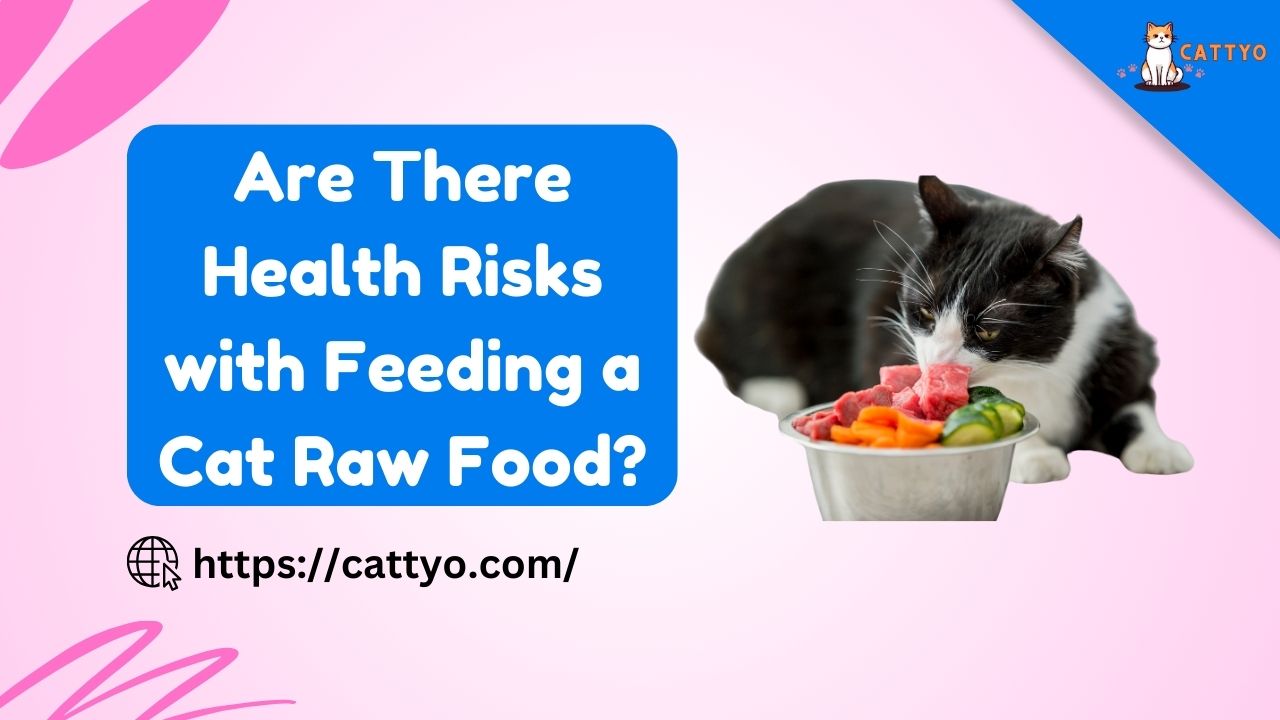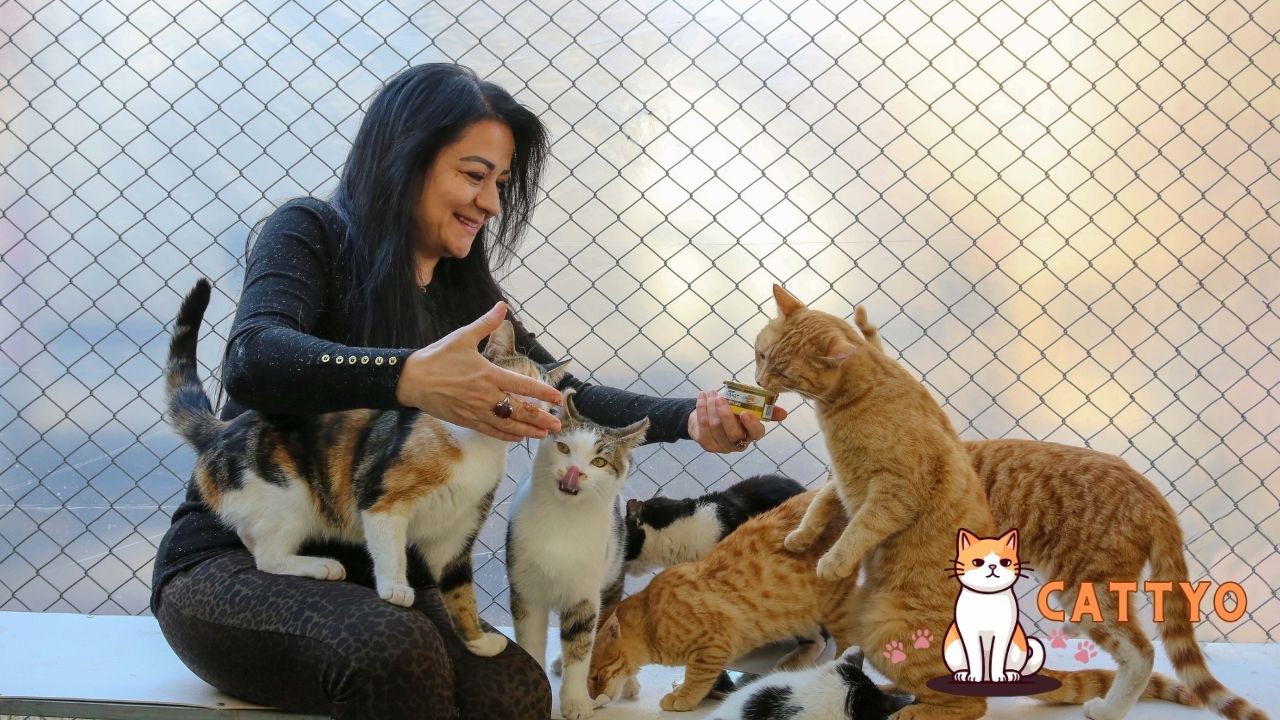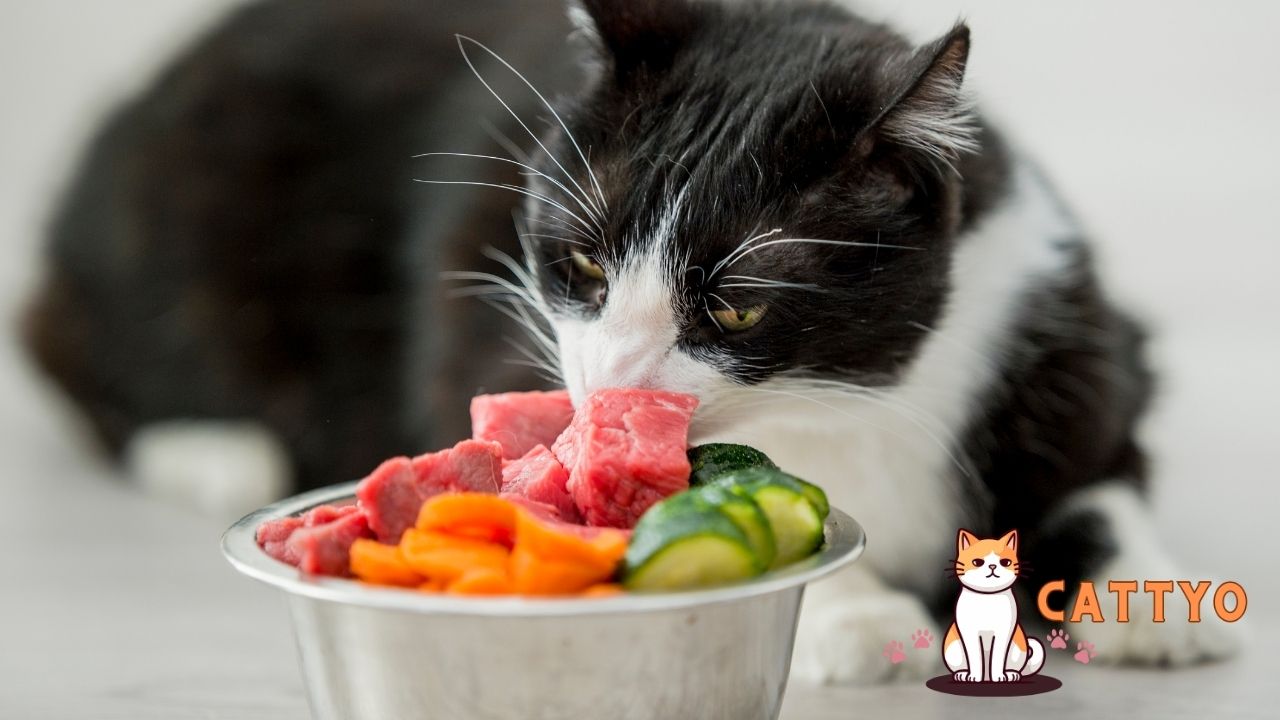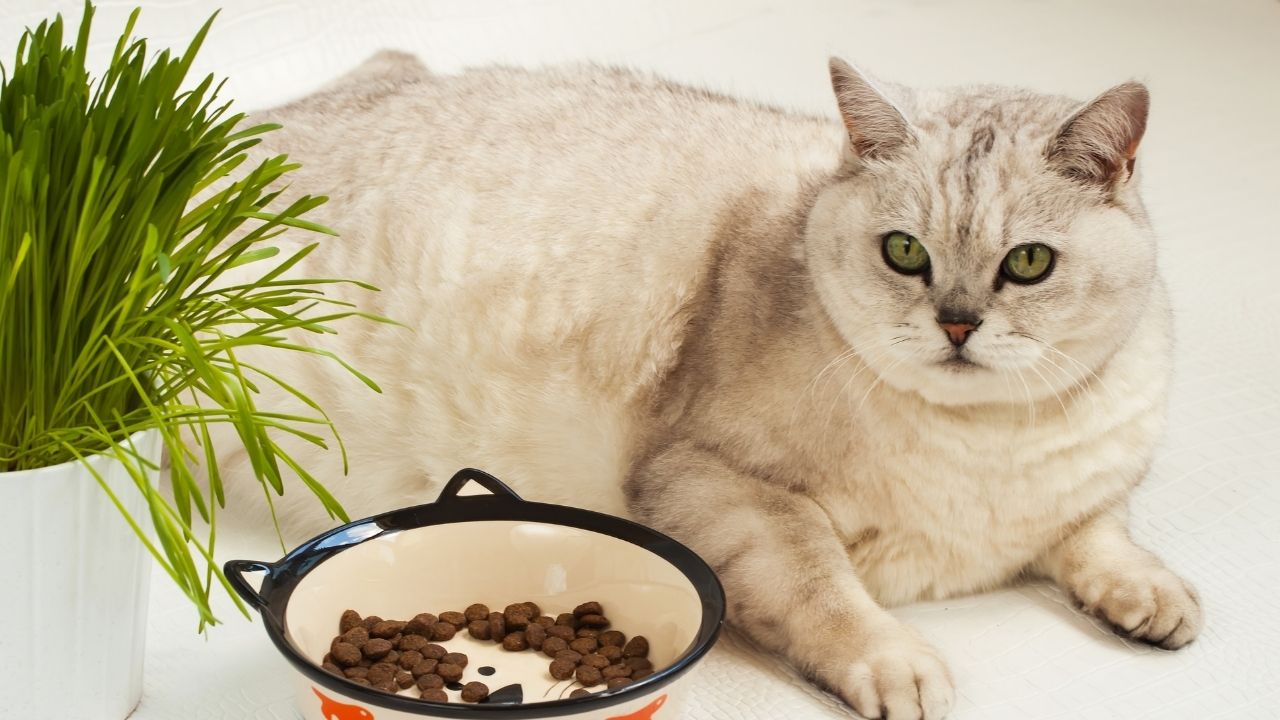If you’ve ever wondered whether raw food diets for cats are the way to go, you’re not alone. It’s one of those topics that gets pet owners talking—often passionately.
On one hand, proponents swear by the health benefits: shinier coats, better digestion, and happier cats.
On the other hand, critics are quick to raise concerns about potential health risks—both for your cat and even for yourself. So, what’s the deal? Is raw food dangerous for your cat, or is it just another internet rumor?
Let’s take a deeper dive into this trend and separate fact from fiction.
The Allure of Raw Food: A Return to Nature?
At its core, the raw food movement for cats is built on a simple idea: feed your feline the way nature intended.
After all, cats are obligate carnivores, meaning they thrive on a meat-based diet—raw meat, to be exact.
Think about it. In the wild, a cat wouldn’t be noshing on processed kibble; they’d be hunting small animals, consuming their prey raw. Sounds pretty natural, right?
Well, here’s where things start to get tricky.
Health Risks with Raw Food: A Reality Check
While feeding your cat raw food may seem like a great way to align with their instincts, there are some health risks to consider.
And no, it’s not just about a random “what-if” scenario. These are real concerns that have been documented in studies, not just in the abstract.
1. Bacterial Contamination: Salmonella and E. coli
Perhaps the most pressing concern with raw food is bacterial contamination. Raw meat, whether it’s beef, chicken, or even fish, can harbor harmful bacteria like Salmonella and E. coli.
These bacteria are not just a potential risk for your cat, but also for you and your family. Cats can easily carry these bacteria in their mouths or paws and transfer them to surfaces in your home, where they can spread.
Imagine you’re lovingly preparing your cat’s raw meal, only to realize later that you’ve accidentally touched the contaminated meat and now your hands are covered in bacteria. Yikes, right?
2. Parasites: A Hidden Danger
Another risk lurking in raw meat is parasites. A common parasite that can infect cats through raw food is Toxoplasma gondii, a microscopic parasite that can cause toxoplasmosis.
While this usually doesn’t cause major symptoms in cats, it’s a significant health risk for pregnant women and individuals with weakened immune systems.
Now, you might be thinking, “But my cat is healthy and won’t get parasites, right?”
Unfortunately, no one’s immune to parasites, and even the cleanest raw meat can sometimes contain eggs or larvae that are invisible to the naked eye.
3. Nutritional Imbalance
If you’re considering feeding your cat a homemade raw food diet, be prepared for the challenge of ensuring they get the right balance of nutrients. It’s not as simple as tossing them a hunk of raw meat and calling it a day.
Cats need a specific mix of vitamins, minerals, and amino acids to stay healthy.
Without a proper understanding of feline nutrition, you might unintentionally deprive them of essential nutrients, leading to serious health issues down the line.
Let’s be real—balancing a cat’s raw food diet is not something you can just Google and do without the proper knowledge or expertise.
This is where many raw food advocates go astray. Homemade raw diets can easily become nutritionally deficient unless you’re consulting with a veterinarian or a pet nutritionist regularly.
The Risk of Bones: Crunch or Choke?
Ah, bones. It seems like a natural part of a raw diet, right? Cats in the wild munch on bones all the time.
But before you toss a chicken drumstick in your cat’s food bowl, consider this: small bones, especially cooked ones, can splinter and cause choking or internal injuries. Even raw bones can pose a risk if they’re too hard or improperly prepared.
Not to mention, your cat could crack a tooth while trying to crunch down on something too tough.
And don’t get me started on the whole “bone marrow” issue. Some raw feeders swear by it, but the reality is, marrow can be a source of excessive fat.
And let’s be honest—excessive fat can lead to obesity, pancreatitis, or gastrointestinal issues.
The Controversial Topic of Food Safety for Humans
Okay, so let’s take a step back. What about you—the human feeding your cat raw food?
Handling raw meat every day puts you at risk of contracting a foodborne illness, especially if you’re not following proper hygiene practices.
Even if you’re careful, your cat could spread bacteria to places in your home that you might not even think about—like your kitchen counters, or the furniture your cat lounges on.
If you’re handling raw food, you’re not just looking out for your pet’s health—you’re looking out for your own as well.
Table: Risks and Benefits of Raw Food Diet for Cats
| Risk | Impact | Example |
|---|---|---|
| Bacterial Contamination | Can cause illness in cats and humans | Salmonella or E. coli infections from mishandling raw meat |
| Parasites | Can lead to illness, especially for pregnant women | Toxoplasma gondii can be a risk for immune-compromised people |
| Nutritional Imbalance | Can result in deficiencies or health problems | Missing essential nutrients like taurine or vitamin E |
| Bone Injuries | Can cause choking, tooth fractures, or gut perforations | A hard bone that splinters and injures the digestive tract |
| Hygiene Issues | Potential cross-contamination in the home | Bacteria on food prep surfaces or cat’s paws spreading illness |
The Case for a Raw Food Diet: Why Do People Stick With It?
Despite all the risks, there are passionate advocates for raw food diets for cats. They argue that cats thrive on a raw diet because it mimics their natural prey.
Some claim that their cats have better coats, more energy, and fewer digestive problems after switching to raw food. But is it worth it?
It’s important to weigh the pros and cons carefully. Yes, a raw diet could, in theory, improve your cat’s health, but the risks are real.
If you do decide to go this route, you should consult a veterinarian, ideally one familiar with raw feeding practices, to ensure your cat gets the right nutrition and stays safe from harmful pathogens.
FAQs: Raw Food Diets for Cats
1. Is it safe to feed my cat raw food every day?
Feeding raw food every day can be safe if you take proper precautions, such as sourcing high-quality meat, handling food hygienically, and balancing the diet. Consult with a veterinarian to ensure nutritional needs are met.
2. What are the biggest risks of feeding raw food to my cat?
The major risks include bacterial contamination (like Salmonella and E. coli), parasites (such as Toxoplasma gondii), and the possibility of nutritional imbalances.
3. Should I feed my cat raw meat if it’s frozen?
Freezing raw meat can kill certain parasites, but it doesn’t eliminate bacteria like Salmonella. Always follow proper food safety practices and consult your vet before starting a raw food diet.
4. Can raw food cause my cat to get sick?
Yes, if not handled correctly, raw food can introduce harmful bacteria or parasites, leading to illness. Proper food hygiene and sourcing are critical to reduce this risk.
5. Are there any benefits to feeding a cat raw food?
Some owners report improvements in their cat’s coat, energy levels, and digestive health after switching to raw food. However, these benefits are anecdotal and may vary.
6. Can I feed my cat a balanced raw food diet?
Yes, but it requires careful planning. You’ll need to ensure that the diet includes the right balance of meat, organs, bones, and supplements. Consult with a pet nutritionist or vet for advice.
Final Words:
When it comes to feeding your cat, there’s no one-size-fits-all approach. A raw food diet could be beneficial for some cats, but it comes with a set of risks that shouldn’t be ignored.
Well you choose raw food, commercial cat food, or a mix of both, the key is to ensure that your cat gets the right nutrition and stays safe. Always consult with a veterinarian before making any major changes to your cat’s diet.





